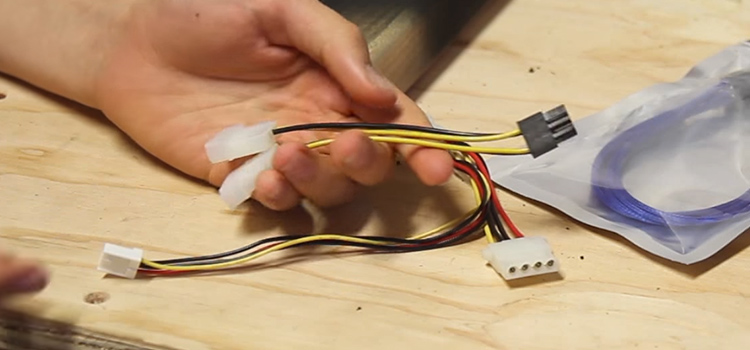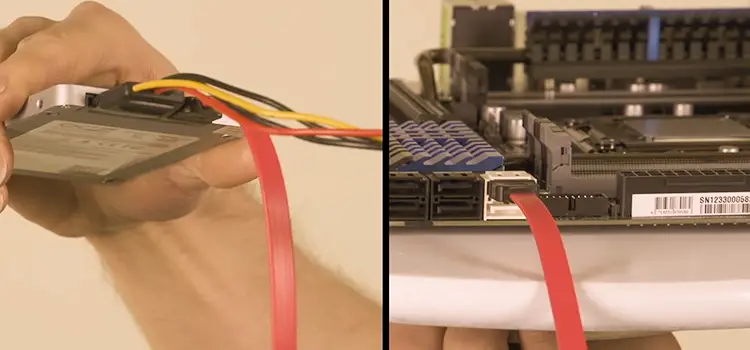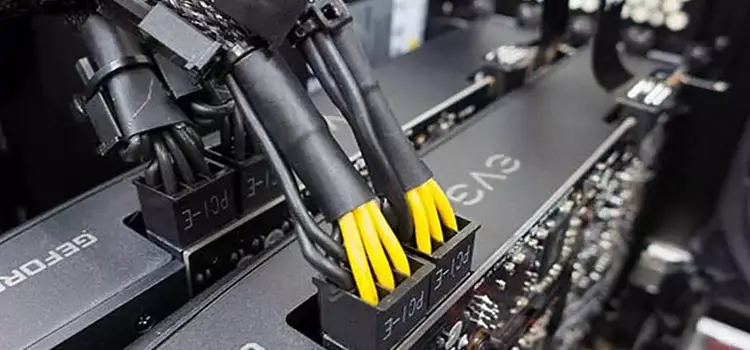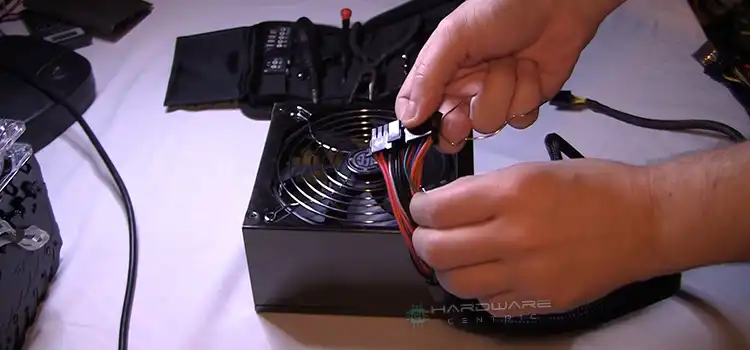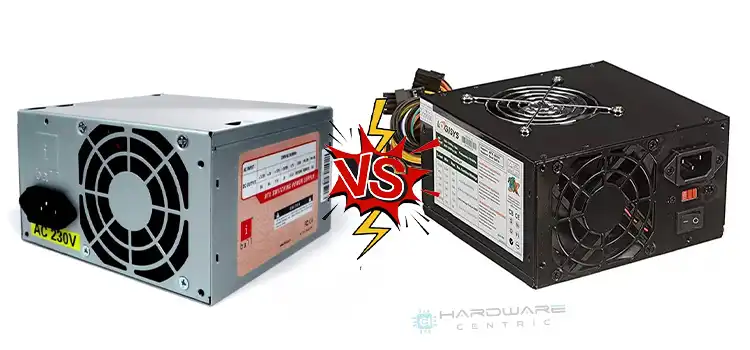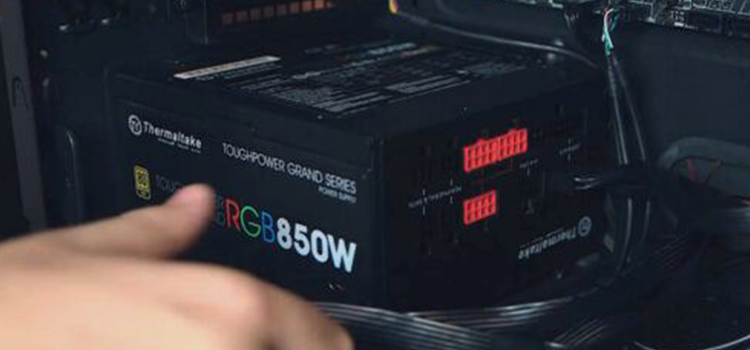USB 3.2 Gen 1 Header | Do USB 3.2 Gen 1 Work With Type-C?
Type C facilitates USB 3.2 gen 1 along with gen 2. The Type-C adapter is used by all USB 3.2 Gen 2×2 products, although not all USB-C ports are USB 3.2 Gen 2×2. All existing USB products are backward compatible with USB 3.2 devices.
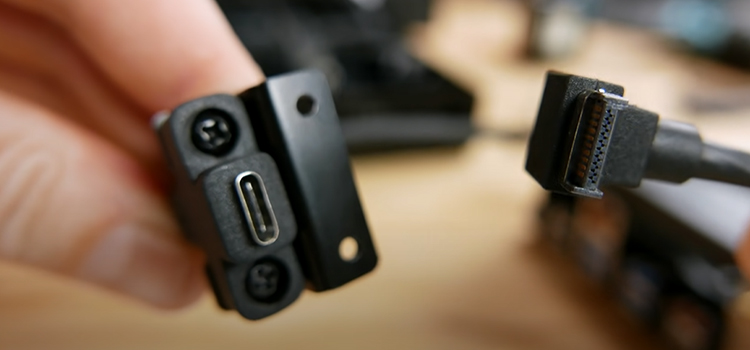
Specifications and identifying USB 3.2 Generation 1 Header Model
The perplexing naming systems of newer and faster USB standards seem to go on forever. And the current announcement will leave the majority of people bewildered once more.
In the latter week of February 2019, the USB-IF (USB Implementers Forum) disclosed the rebranding of both the USB 3.0 and USB 3.1 standards. The standard formerly as USB 3.0 or USB 3.1 Gen 1 will now be alluded to as USB 3.2 Gen 1. Furthermore, the USB 3.1 Gen 2 spec will be renamed to USB 3.2 Gen 2.
1. The Specs
The USB 3.0 / 3.1 Gen 1 / 3.2 Gen 1 header is the blue 20 pin (2×10 pin) connector found on inbuilt motherboard USB 3 connectors. It links two USB 3 Type-A ports (10 pins each) on the front panel of the computer chassis, giving each of the 5 Gbit speeds. That’s why, even on the most costly motherboards, front panel Type-A USB 3 ports are always just 5 Gbit.
(a) Design and Description
The smaller USB 3.1 / USB 3.2 header (black) was initially seen on ASUS motherboards and is referred to as the “Key-A” header or sometimes referred to as “Type-E”. It contains 20 pins as well but is designed for one USB Type-C or one USB 3 Type-A front panel port.
The front of this one does not divide into two connectors. As a result, all 20 pins are dedicated to a single connector (USB Type-C). That implies that depending on whatever chip it is “resting on” on the motherboard, this connector can deliver speeds of 20 Gbit, 10 Gbit, or 5 Gbit.
(b) Where Used
This header will be found on inferior motherboards, and it will be labeled as “USB 3.2 Gen 1 (5 Gbit) front panel Type-C connector.” This header will be advertised as a “USB 3.2 Gen 2 (10 Gbit) front panel Type-C connector” on more expensive boards with more capable USB 3.2 drivers.
If your computer case lacks a front USB Type-C connector, you can purchase a USB Type-C bracket that sits on the back of your case and connects to the motherboard’s “Key-A” USB 3.1/3.2 adapter.
2. Identify Your USB 3.2 Model
It’s important to know about the models of USB 3.2 Gen 1 and 2 names to achieve the finest possible connection between your devices. Each of the three USB 3.2 versions has its own marketing terms, which the USB-IF encourages suppliers to use on their packaging.
SuperSpeed USB, SuperSpeed USB 10Gbps, and SuperSpeed USB 20Gbps are the marketing designations for USB 3.2 devices. A chart containing the branding specifications of USB 3.2 versions is given below.
| New name | Old Name | Original Name | SuperSpeed Name | Max Speed |
| USB 3.2 Gen 2X2 | N/A | USB 3.2 | SuperSpeed USB 20Gbps | 20Gbps |
| USB 3.2 Gen 2 | USB 3.1 Gen 2 | USB 3.1 | SuperSpeed USB 10Gbps | 10Gbps |
| USB 3.2 Gen 1 | USB 3.1 Gen 1 | USB 3.0 | SuperSpeed USB | 5Gbps |
Check out these items from the list which can be a great alternative.
USB Port Type-A Vs Type C
Have you ever tried to plug in a USB cable only to be unable to do so until you turned it over and tried again? The USB Type-A connector is that handy small device. That connector has remained the same as we’ve progressed from USB 1 to USB 2 to modern USB 3 devices.
The USB Type C interface improves on the Type A connector by allowing you to plug it in without having to turn it over a dozen times. Furthermore, it enables substantially faster data transfer rates.
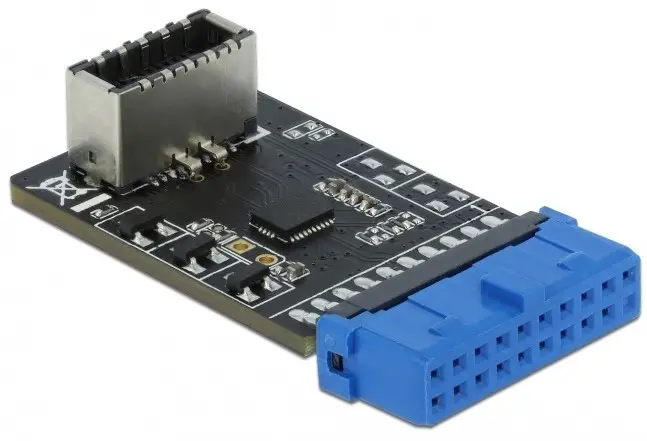
The Type C connector can transport up to 100W of power and is interoperable with every USB standard ever issued. It can effectively transmit both video and audio signals, allowing you to use adapters to output HDMI, VGA, DisplayPort, or other types of connections from it.
Conclusion
USB 3.2 Gen 1 Header has improved its specifications to enrich us with the high-speed transfer. This newest, fastest version is ideal for the use of an existent Type-C connector, standard USB cables, and PCs/laptops to occupy debug data and high-bandwidth trace.
Subscribe to our newsletter
& plug into
the world of PC Hardwares
